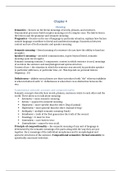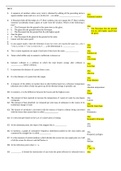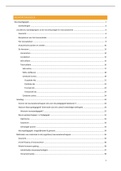Samenvatting
Summary L&C Chapter 4
- Instelling
- Radboud Universiteit Nijmegen (RU)
Concise summary of the second edition of "An introduction to Language and Linguistics" by Ralph W. Fasold | Jeff Connor-Linton. A straightforward and to the point summary using clear structure following that of the book's chapters. Important key words are printed in bold and the page overview is c...
[Meer zien]







